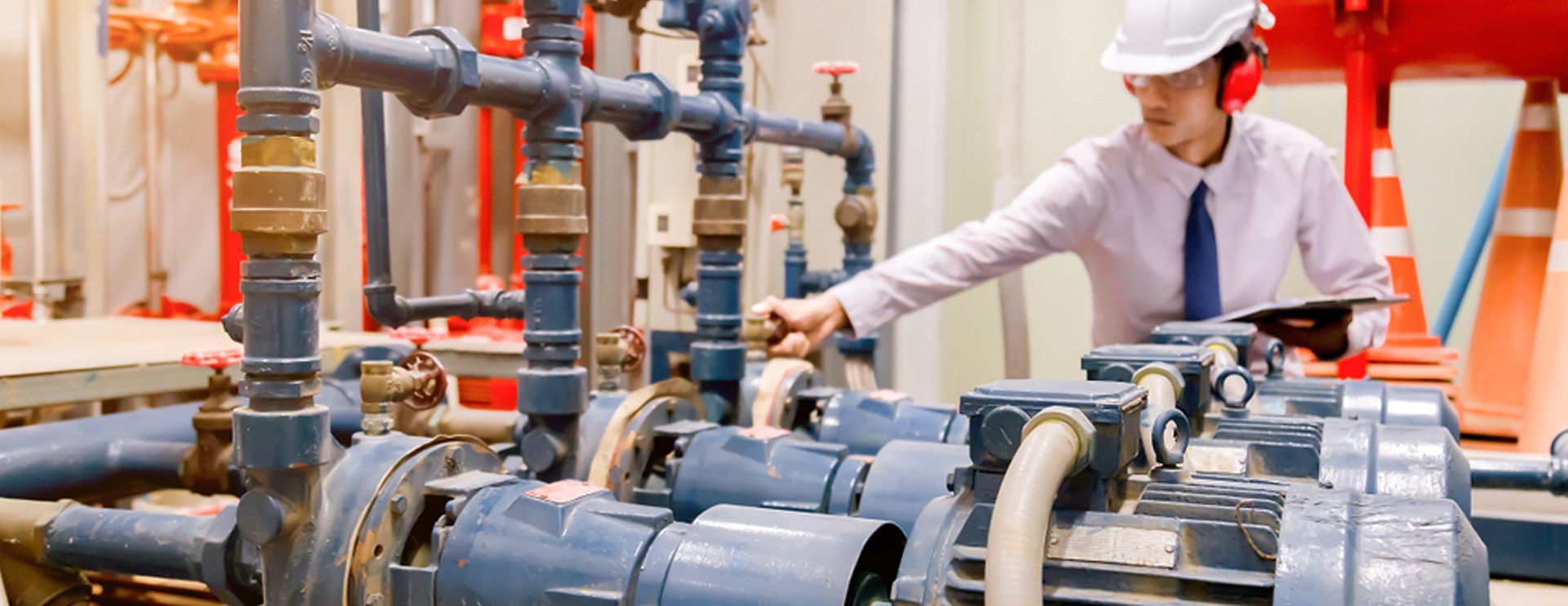There are certain characteristics which are unique to single screw pumps/ progressive cavity pumps/ helical rotor pumps.
It is a positive displacement pump.
- It is a positive displacement pump.
- In all positive displacement pumps the capacity is directly related to the rpm. However,depending on viscosity of the liquid being pumped, there is a limit beyond which increasing the rpm does not increase capacity output as the liquid is not able to reach the cavities between rotor and stator. Therefore it is advisable to select an rpm lower than the critical rpm. The selection hence is optimum from volumetric efficiency point of view.TO CONCLUDE HIGHER THE VISCOSITY LOWER THE RPM.
Refer curve 2.1.
- Similarly absorbed kW is directly related to differential pressure and capacity and inversely related to mechanical efficiency. It is given by the formulae
Ab kW = capacity x differential pressure/ (367 X mechanical efficiency) where capacity is in m3/hr and pressure in MWC. - The interesting fact about this pump is that it simply develops the line pressure. The absorbed kW automatically reduces if line pressure is less. The capacity is independent of the pressure;
hence the same cannot be controlled by throttling the discharge valve like in centrifugal pumps.
Throttling the discharge valve is not recommended at all. For reduced capacity requirements throttle the suction valve or better would be to use a VFD. - Volumetric efficiency- if you select the proper rpm as explained above, the volumetric efficiency can as high as 85-90%.
- The discharge pressure has two components- VERTICAL PRESSURE given by hd where h is height in metres and d is specific gravity and FRICTIONAL LOSS for viscous products which must be calculated properly and added to the vertical component.
- The discharge pressure should be specified in kg/cm² rather than MWC OR MLC. Both MWC and MLC is although not ambiguous but there are chances of a mistake.
- Mechanical efficiency- The pumps have low mechanical efficiency at lower pressure end and at lower rpm. Therefore, Installed kW should match the starting kW and not the absorbed kW. The starting torque is high hence at lower rpm, lower pressure, higher installed kW is to be chosen.
- Selection of pump- size of solids present in the slurry limits the model. Abrasive characteristic, viscosity limits the rpm. Thus, selection is based on various complex parameters.
- Discharge pressure- single stage pumps can take up to 6 kg/ cmᶻ. For higher discharge pressure,higher stage pumps are available.
- Installation and commissioning is very important - the pump piping etc. requires considerable experience. Hence, it's best to have a contract with the manufacturer.
- Maintenance spares are to be kept in stock. The important feature is quick maintenance which in absence of spares is lost.
- Graphs- to draw mechanical efficiency graphs one must know how to calculate the Theoretical power.
P th = Q X P / 367
Where Q is in m3/hr and P is in MWC
Power consumed is measured at test bed or at site. Pth/ Pa is the mechanical efficiency.
Once capacity vs rpm and power vs rpm for different pressure is recorded the mechanical efficiency
can be calculated and plotted against rpm, capacity, and pressure. - Rotor-stator geometry and its effect on life of rotor and stator- At present, two series are popular in rotor-stator geometry-
- S-series: Standard pitch rotor stator geometry where pitch of rotor is 2.5 times the diameter ofstator)
- L-series: Long pitch rotor stator geometry where pitch of rotor is 6 times the diameter, eccentricity is 1/5th of the diameter.
- Rubbing Velocity- Rubbing velocity is rotational velocity plus traversing velocity. This is the most important factor for determining the wear and tear for multiphase liquids and slurries. Ideal velocity is 0.5-2m/sec.
- Peripheral rubbing velocity- It is the linear distance around the circumference of the stator cut section divided by the time rotor takes to make one revolution. This does not account for the effects of the change in the rolling and sliding velocities.
Progressive cavity pumps when selected optimally prove to be one of the most versatile pumps. Courtesy • Risansi Industries Ltd.www.risansi com





